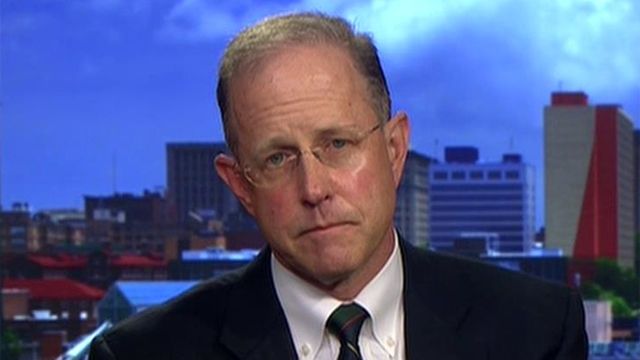Showing posts with label The 9/11 Investigation. Show all posts
Showing posts with label The 9/11 Investigation. Show all posts
2003/10/30 - NIMDA / ANTHRAX / July 2003 the B of A Programmer Suicide
SECSYM: Security Symposium I
★★★★★
★★★★
★★★
★★
★
Tim SneathOctober 30, 20030
0
0
Most of the security vulnerabilities that have been found in Windows over the last
couple of years have not related to security features. For that reason, it's important
that every developer understands how to build secure code. Yet...
Beazley Syndicate of Lloyds of London -|- John P. Makin is a litigation and insurance specialist.
Pete BennettDecember 20, 2015Attorneys, California Insurance Department and Insurance, contra Costa Bar Association, Insurance Fraud, Lloyds of London, The 9/11 Investigation, Thermite, World Trade Center
No comments

John P. Makin is a litigation and insurance specialist.
Mr. Makin has a broad litigation background,
trying cases and appearing before state and federal trial and appellate
courts, as well as administrative and regulatory agencies. His
litigation repertoire includes a variety of subject matters, such as
trade regulation in the media field, engineering...
Fremont Partners Closes $920 Million Fund
Pete BennettDecember 01, 2015Bechtel Corporation, Bennett v. Southern Pacific, Bill and Melinda Gates Foundation, Dead Witness, DeadWitness, Fremont Group, Private Equity, The 9/11 Investigation
No comments

#deadwitness One Dead PIMCO Banker is one too many
Pete BennettDecember 18, 2014Banking, Dead Witness, Financial services, Obituaries, Private Equity, SEC, SEC Whistleblower, The 9/11 Investigation

A Dead Banker was a PIMCO Banker
source:LA TIMES
Harvard Business ClassesDomestic Terrorism vs Insider Terrorism ~ Rapid Free-Falling quantitive analytics, depth of field analytics, opitcal illusions, deception and obstruction...












